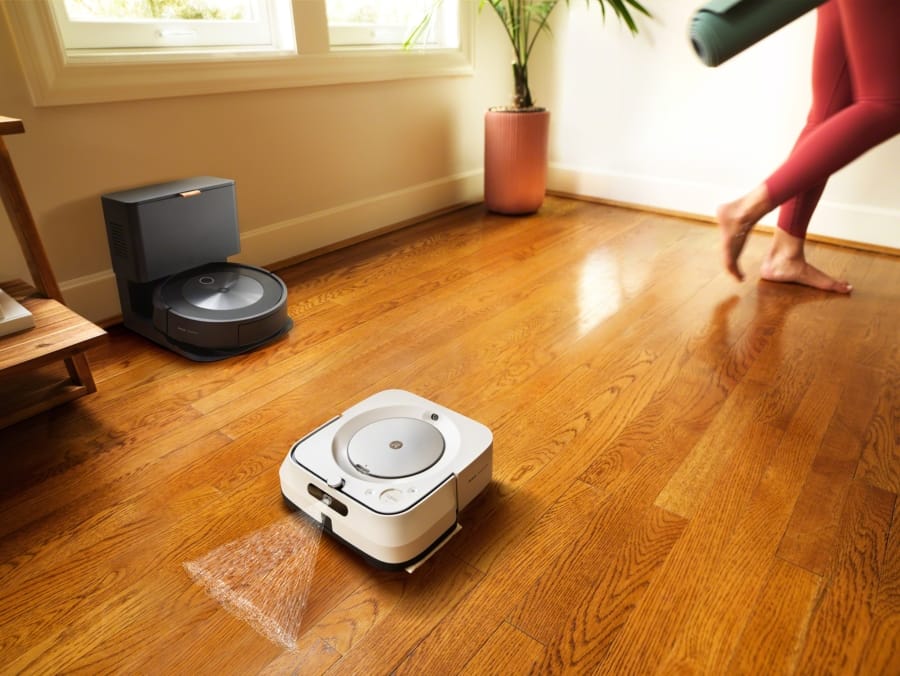iRobot Roomba j7 Spiel on Solving Problems pt. 1
Before we begin, some contexts about what iRobot has offered until very recently; iRobot offered a feature called “linked clean”, when a Roomba (vacuum) has finished a job, Braava (mop) will start a job. This was iRobot’s software solution during the time when the combo (robots with both) was still in its infancy, and iRobot didn’t have a separate product to show for it. The idea, though it may seem transitional, was a sound one. Instead of selling one combo robot, iRobot can sell two models —meaning, existing customers can “upgrade” by way of buying a mopping model.
What iRobot didn’t do was offering smart softwares for its robots. When I said a “job” for a robot, —that’s the exact word used on the app— that means all of the surface areas selected. Users aren’t normally expecting one robot to complete its full cleaning cycle, rather want two robots to run side by side. For example, if a job entails two rooms, whilst one robot starts vacuuming the second room, the other robot can start mopping the first room, which was already vacuumed. Most users would want their robots to finish cleaning while they are not home, time-saving is crucial for robot vacuums. For older generation robots with older camera-based navigation system (e.g. Braava), it needed smarter softwares otherwise the navigation would become less reliable as it gets darker. However, neither Roomba nor Braava has been updated beyond its original software capabilities.
And this pattern continues with iRobot’s early attempts at Combo units. Previous and current iRobot Combo lines all have retractable mop pads, and in iRobot’s words, it’s designed to avoid “wet carpet messes”. Except competitor’s current lineups have already fixed this issue, not with significant hardware changes, but with smarter softwares. Most combo robots on the market run the vacuum on the carpeted zones first before the mop pads will be wetted, thus avoiding the catastrophe. There are other hardware solutions, but almost all of them do have the feature in question.
iRobot’s obsession on perfect hardware solution to a problem that is easily solvable with better software has likely led to the current combo Roomba’s weak mopping capability. With retractable pad design, it’s harder to add spinning or rolling mop pads, let alone vibrating pads, like many of the competitor’s robot mops. Instead, due to the design, iRobot’s current auto wash cycle involves the most convoluted design I’ve seen —the robot has to lower the mop pad and rub the pad back and forth on a spinning roller. It appears adding an auto wash feature was an afterthought. My two cents: had iRobot been interested in keeping the retractable pad design while wanting to add something akin to auto wash, iRobot should have considered making the pad auto-loadable, where the the dock will load the robot with clean pads upon returning.
In the part 2, I will be returning with the solutions that can be either hardware or software, mainly the integration between different hardware by means of softwares. iRobot has relied on two different types of vSLAM for navigation, one facing 45 degrees to the ceiling, one front facing. Integrating the map data to create a uniform experience for end user is undeniably crucial to make “linked clean” work, but the company didn’t follow through.

Comments